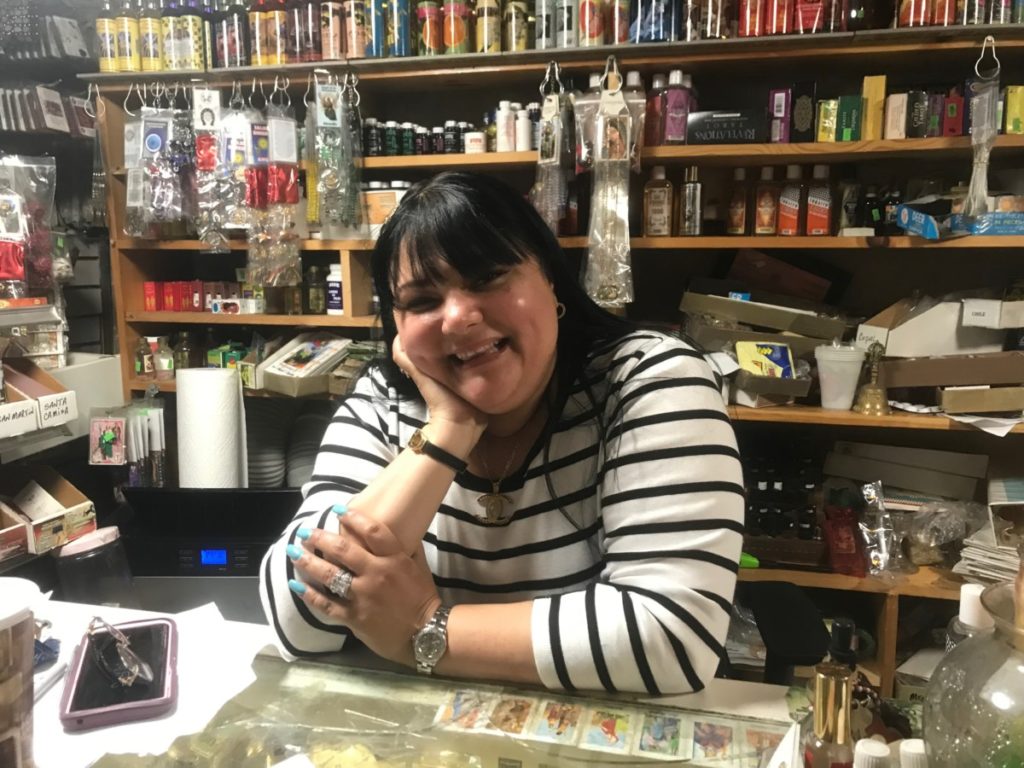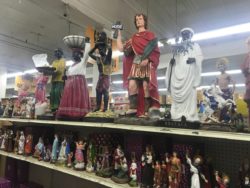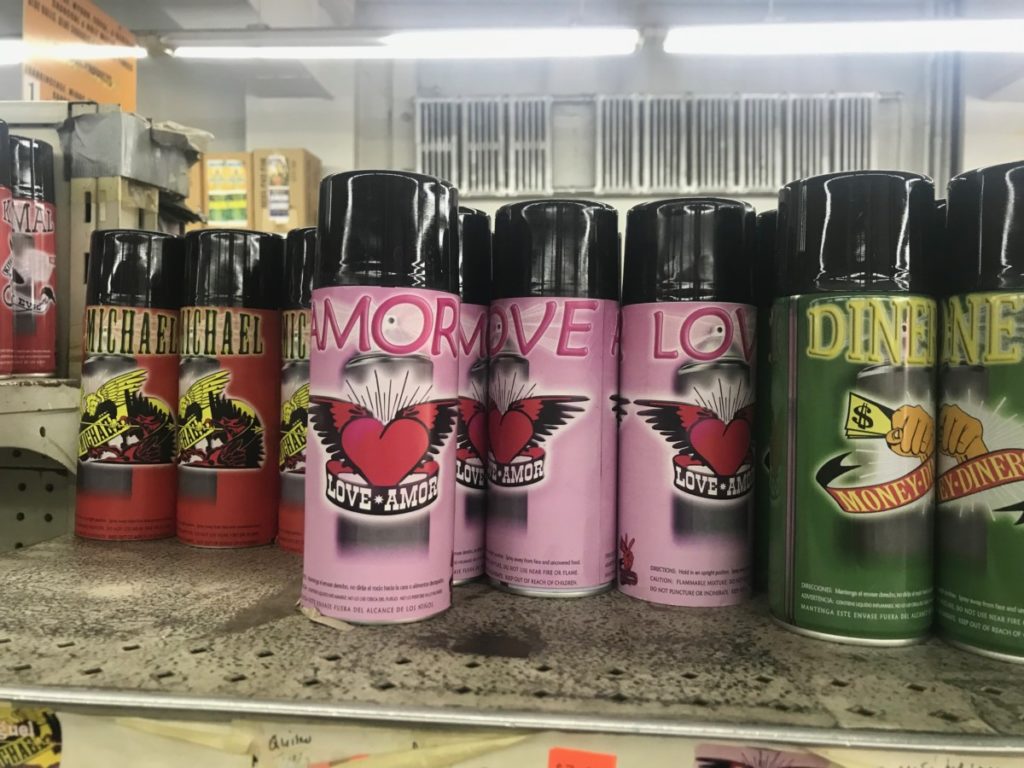The president of the Parkchester mosque on White Plains Road spoke gently and firmly one September morning from his office behind the spacious third-floor prayer room. “Now people are trying to explain it a different way,” said Mohammed Mayeez Uddin, referring to the incendiary, anti-Islam movie trailer that had rocked YouTube two weeks earlier.
“We are not a modern Muslim. We are just Muslim,” said Uddin, of his fellow worshipers in the James Masjid. Next to his office stood a row of blue-tiled fountains where members cleanse their hands before prayer.
The clumsy video called “Innocence of Muslims” had mocked the Prophet Muhammed as a fool and a womanizer. Media attention to the universally condemned film coincided with an attack in Libya that killed the U.S. ambassador. The riotous protests in response to the film and U.S. foreign policy were still making headlines at the time.
Muslim leaders in the Bronx like Uddin felt compelled to emphasize the vast gap between peaceful followers of Islam in the Bronx, and the violent extremists elsewhere. It is not easy to quantify precisely how many Muslims live in the Bronx because of incomplete national and local data on religion. But in a borough that added 16 Islamic congregations and 26,342 adherents between 2000 and 2010 and has its own online news site devoted to covering issues relevant to Muslims in New York City, Islam is its fastest-growing religion.
Most Islamic leaders there responded to the recent violent eruptions overseas with a mixture of dismay, embarrassment, and deep concern over the world’s lack of understanding of their religion. “Forcefully, we cannot do everything,” Uddin said, shaking his head at the violent protests. He spoke haltingly, but deliberately. “You have to be peaceful.”
To that end, Uddin does not allow what he calls “destructive talk” about politics and protests in the name of faith at the Parkchester mosque where nearly all 5,000 members are originally from Bangladesh. He said he has occasionally thrown out members who have brought up the subjects. The most recent time was after the “Innocence” video gained attention. One of the mosque’s members tried to organize other parishioners in a protest.
“I just told him, ‘please leave,’” Uddin said.
Vincent Rada, a paralegal and Muslim living in Parkchester, said local reactions and conversations did not gain enough media focus.
Of the dozen Muslims interviewed in the three weeks following the 11th anniversary of the 9/11 attacks — which is around the time “Innocence of Muslims” gained notoriety — most expressed a similar dismay at the offensive video.
It’s an image of their religion, most said, that has nothing to do with their own lives and their personal experience with Islam. Because of that, Pakistan-born Mohammed Jan, president of Mabni Masjid in Morris Park, was more upset than angry when the video emerged.
“Our religion, Islam, teaches us strongly peace, love, prosperity — and respect,” Jan said. “I mean, in the other world, there are so many demonstrations going on,” he said, referring to and distancing himself and his fellow community members from their native countries. “At some point, it’s embarrassing for us.”

Mohammed Jan, president of Mabni Masjid in Morris Park in the Bronx, says it’s too easy to generalize “Muslim reactions” toward their faith. (SONIA PAUL/ The Bronx Ink)
Mohammed Jan, President of Mabni Masjid in Morris Park in the Bronx, expressed his frustration with the anti-Islam New York City subway ads, which gained attention following the viral YouTube video.
Many Muslims in the Bronx were hesitant to discuss their views openly or have their pictures taken. Instead, they preferred to have their imams, or religious leaders, speak on their behalf. The imams, in turn, suggested mosque presidents as speakers for the community.
Discussions aside, statistics reveal the population is growing. Figures from the 2010 U.S. Religion Census estimate the Bronx is home to 38,506 Muslims. Before 2000, the religion census didn’t distinguish Islam as a major religion in the Bronx.
The Muslim community includes people from countries as diverse as Albania, Mali and the Unites States itself, as well as South Asian nations. The number of residents from India, Bangladesh and Pakistan, three of the top four countries with the most number of Muslims (the fourth is Indonesia), has risen from 17,992 in 2000 to 25,587 in 2010. The Bangladeshi population alone grew by 333 percent.
The population of Africans in the Bronx has also grown considerably: The most recent U.S. census estimates that from 1990 to 2010, the number of sub-Saharan Africans grew from 12,063 to around 70,000. Residents estimate about 75 percent of Africans in the Bronx are Muslim.
Mabni Masjid’s mixed community of devotees embodies this influx of new residents in a community where people have also lived their whole lives. It serves a large Pakistani population, as well as patrons from countries like Bangladesh, Egypt and Morocco. Several African Americans and people from African countries come as well, Jan said.
Like Parkchester James Masjid, Mabni Masjid has strict rules regarding what people say in the mosque. People come there to pray. This separation between religion and politics means that discussions of current events occur outside the mosque, in quieter conversations rather than in public demonstrations.
Mamadou Sy, who is originally from Mali, wishes the media would show a more comprehensive range of Muslim reactions instead of just the extremist ones.
It provides strong contrast from the violent eruptions abroad that confused foreign policy and politics with actual faith.
“Unfortunately, I think media has been the unwitting amplifier of what could have been a very small issue,” wrote Dalia Mogahed, executive director of the Gallup Center for Muslim Studies, in an email. “Compared to the mass protests of the Arab Spring, demonstrations against the film were minuscule, and even fewer of those who showed up carried out violence.”
The role of free speech in perpetuating the insulting portrayal of the Prophet Muhammed was one of the more pressing concerns in the Bronx. Valencia Johnson, 39, an African-American nurse and Bronx native, received text messages from friends asking her to boycott YouTube and Google in protest, since Google, which owns YouTube, hasn’t taken down the video in the U.S.
“We’re more quiet here,” Johnson said in an interview in September. “We’re not going so far and burning flags and doing stuff like that,” she said, referring to the looting, rioting and burning of American flags and effigies of President Barack Obama in several countries.
“We’re just trying to do what we can through our community here,” said Johnson, whose shimmery lime-green and pink eye shadow matched the colors of her hijab. “Don’t go to this website.”
Bronx native Valencia Johnson recounts how people expected her to react to the YouTube video because of her Muslim faith.
Other interviews in the Bronx hint that immigration, the economy and the increased scrutiny on Muslims after 9/11 influenced decisions to even react to the video.
Palestinian immigrant Musab Ahmed, who came to New York five years ago, said he could understand why some people were so angry. But he did not feel inclined to do much in response, nor did anyone else seem to expect anything from him.
“Right now, the economy’s really bad,” Ahmed said as he prepared hot falafels in the Hunts Point food cart he now owns. His dark hair was concealed underneath a black, stocking-like cap. “People have their own problems to think about.”
He said no one’s ever been rude or suspicious of him because of his faith.
Ahmed’s experience reflects a growing trend among first generation Muslim Americans. A 2011 Pew opinion poll reported that life has become more difficult for them since 9/11, but they haven’t experienced any increased hostility in the immediate wake of the terrorist attacks. What they are concerned about, however, is extremism within Islam.
It is a loaded topic in the Bronx, where three Muslim men were convicted last year for a 2009 plot to blow up synagogues in the Riverdale section of the Bronx. The men had planted fake bombs at two different locations. They had received the fake bombs from an FBI informant.
Ibrahim Ramey, who works for the Highbridge-based Muslim Women’s Institute for Research and Development, said people are concerned with extremism, particularly how it affects impressionable young people. But that in itself is not the most pressing issue.
Indeed, all the Muslims interviewed distanced themselves from extreme views, both regarding their religion and the reactions to the “Innocence of Muslims.” But most of them agreed people still did not understand the faith.
“I think we need to have a more nuanced view of how Islam is,” Ramey said.
A select timeline of local and global reactions to the “Innocence of Muslims” video:














